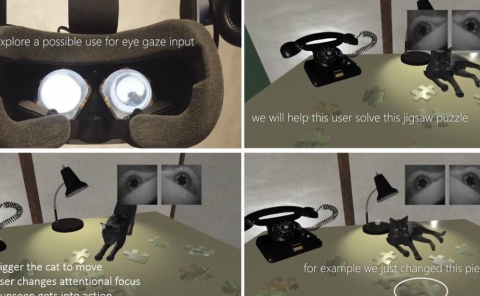Full-immersion virtual reality: Adverse effects related to static balance
PubDate: Aug 2020
Teams: Graduate School of Kyungnam University;Kyungnam University
Writers: SoHu Park;GyuChang Lee
PDF: Full-immersion virtual reality: Adverse effects related to static balance

Abstract
The use of virtual reality (VR) is associated with several adverse effects including dizziness, headache, and motion sickness. This study investigates how full-immersion VR games cause changes in static balance with associated adverse effects, and whether a fixed or a changing game background is more likely to contribute to such problems. Static balance and adverse effects (eye fatigue and dizziness) were measured in 15 healthy adults under three conditions: baseline; after a full-immersion virtual reality game (PlayStation 4 Pro and PlayStation® VR headset) with a fixed background (15 min); and after a full-immersion virtual reality game with a unfixed background (15 min). Static balance was measured with an AMTI force plate, while eye fatigue and dizziness were measured with the Virtual Reality Symptom Questionnaire (VRSQ) and the Simulator Sickness Questionnaire (SSQ). It was determined that playing a full-immersion VR game had a negative effect on static balance and produced several adverse effects including eye fatigue and dizziness. Moreover, sway velocity and sway length increased significantly in the game with a moving background compared to both the baseline and the game with a fixed background (p < 0.05); VRSQ and SSQ were also significantly higher in this case. It is thus preferable from the perspective of reducing adverse effects that only fixed-background full-immersion VR games be used in rehabilitative interventions.


